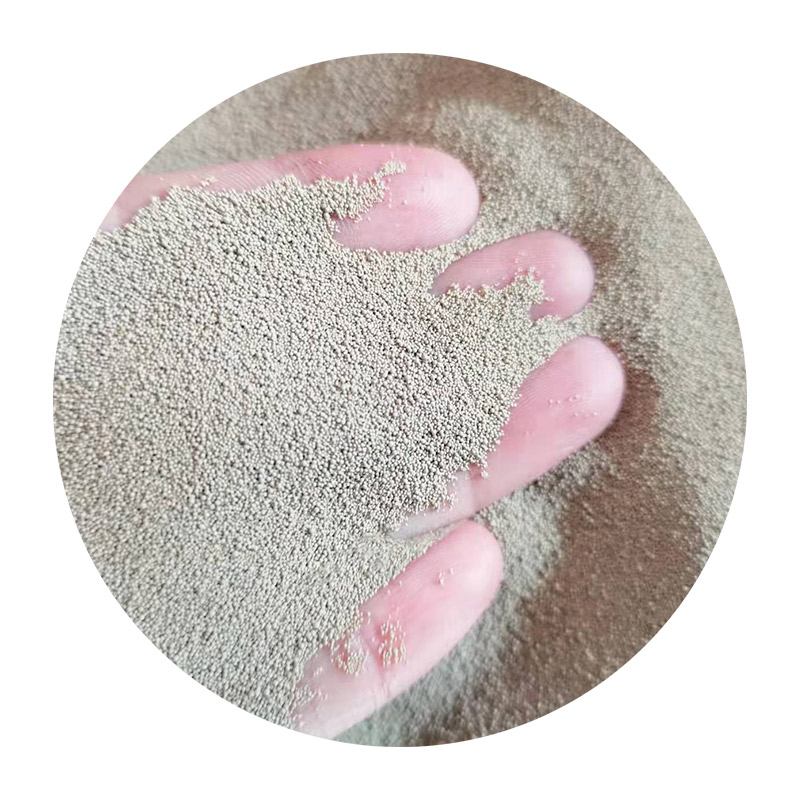Precision Sand Casting A Cornerstone of Modern Manufacturing
Precision sand casting is a time-honored technique that has evolved significantly over the years, becoming a cornerstone of modern manufacturing processes. This method is particularly renowned for its versatility and ability to produce intricate and detailed components for a variety of industries, including automotive, aerospace, and machinery.
At its core, precision sand casting involves the creation of a mold made from sand, which is then used to shape molten metal into the desired form. One of the primary benefits of this technique is its ability to create complex geometries with high precision. The molds are typically formed using a mixture of silica sand and a binding agent, which allows for both flexibility and rigidity. This ensures that the molds can capture even the most intricate designs while maintaining their structural integrity during the casting process.
One of the most significant advancements in precision sand casting is the use of computer-aided design (CAD) and computer-aided manufacturing (CAM) technologies. These innovations enable manufacturers to create highly detailed and accurate patterns that can be translated directly into molds. This not only enhances the precision of the final product but also reduces lead times, allowing for faster turnaround and increased flexibility in production schedules.
precision sand casting

Moreover, precision sand casting is environmentally friendly compared to other casting methods. The sand used in the process can be recycled multiple times, and advancements in technology have led to the development of more eco-friendly binders that minimize the environmental impact associated with traditional casting sands. This has made precision sand casting a more sustainable option for manufacturers looking to reduce their carbon footprint.
The versatility of precision sand casting is another key advantage. It is suitable for producing a wide range of materials, including various alloys of aluminum, iron, and bronze. This flexibility allows manufacturers to select the best material for their specific application, ensuring that the final product meets both functional and aesthetic requirements.
In conclusion, precision sand casting remains a vital process in the modern manufacturing landscape. By combining traditional techniques with modern technology and sustainable practices, manufacturers are able to produce high-quality components that meet the ever-increasing demands of today’s industries. As technology continues to advance, the future of precision sand casting looks bright, promising even greater levels of efficiency and innovation.
Post time:அக் . 18, 2024 23:16
Next:樹脂砂鋳造
